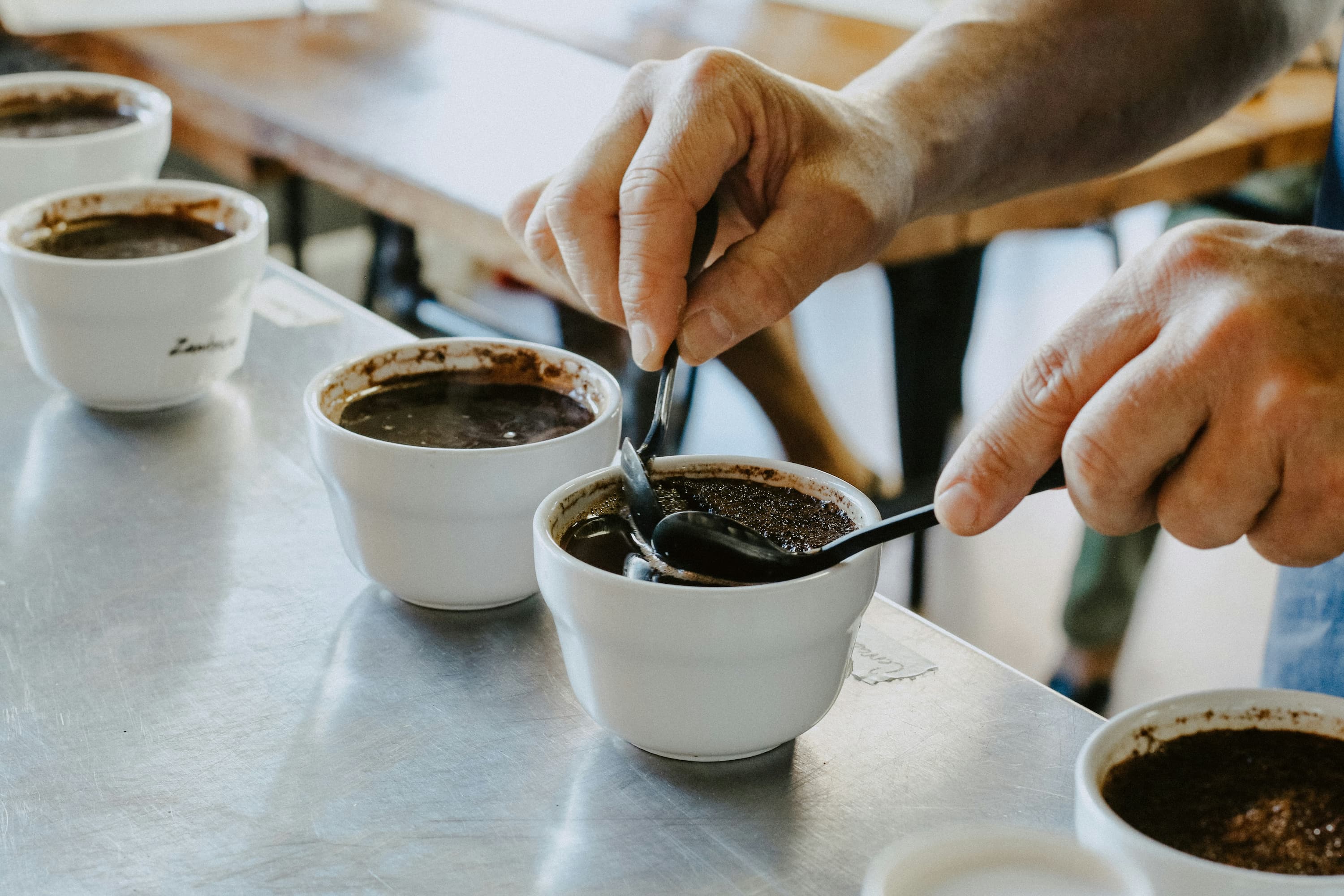
3 Surprising Findings From Our Q2 Benchmarking Report
Each quarter in our benchmarking report, we analyze a broad sample of single origin coffees from hundreds of small roasters …

Even so, the relationship between coffee production and bird habitats is crucial in today’s coffee market. It has far-reaching implications for sustainability and the future of coffee production.
Coffee grows in tropical climates within certain altitude ranges. Traditionally, farmers grow it in direct sunlight. In dense, tropical or subtropical climates, this method often involves clear-cutting native forests to establish neat rows of coffee trees. Especially in Central and South America, these climates also serve as critical habitats for migratory birds. Significant global deforestation is already impacting these birds.
The coffee market is massive, with a lot at stake economically. From 2019 to 2020, the US imported approximately 3.8 billion pounds of coffee, according to data from the International Coffee Organization. Sun-grown coffee produces higher yields than shade-grown coffee. Therefore, farms with open lots can produce and sell more coffee. This situation presents a short-term economic trade-off.
In response, the Smithsonian Migratory Bird Center (SMBC) administers a Bird Friendly® certification. This certification uses criteria that the SMBC has scientifically proven to support bird habitats. However, despite these criteria existing since 1997, societal awareness of this certification and the broader issues remains low. A March 2021 People and Nature research paper titled “Tapping birdwatchers to promote bird-friendly coffee consumption and conserve birds” highlights this. A 2016 survey of 912 individuals affiliated with the Cornell Lab of Ornithology (who identified as coffee drinkers and birdwatchers) found that only 9% had purchased certified Bird Friendly® coffee. The main reported limitation was a lack of awareness. If those affiliated with a leading organization dedicated to birds are minimally aware, imagine the awareness levels of the broader population!
Even among coffee roasters, awareness is lacking. We have assessed thousands of single-origin coffees from hundreds of different roasters. We can probably count on one hand the number who exclusively sell certified Bird Friendly® coffees. One of the authors of the March 2021 article, Professor Amanda Rodewald, holds the title of Garvin Professor of Ornithology and Director of Conservation Science at the Cornell Lab of Ornithology and the Department of Natural Resources at Cornell University. We caught up with Professor Rodewald during a break in her field work. She explains, “When most people think about conservation, they picture parks, protected areas, and land that is not actively used by people, except maybe for recreation. But conservation is not that limited.” According to the Professor, shade-grown coffee production is one of the most sustainable agricultural systems. It not only produces coffee or fruit but also maintains forest cover, promotes biodiversity, and prevents soil erosion. Establishing sustainable, long-term methods for growing coffee is also crucial for its future.
The SMBC supports these benefits in its literature, adding others such as pollination, carbon sequestration, and water retention. Additionally, a tree canopy protects coffee crops from extreme weather events, compared to a fully exposed sun-grown lot. While birds are central to the certification, the benefits extend far beyond these migratory species. Professor Rodewald says, “Shade coffee farms provide suitable habitats for birds and other species, including frogs, butterflies, orchids, and mammals. Many migratory birds spend about half of each year on shade coffee farms in Latin America, where they can thrive on farms with abundant and diverse trees.”
On the coffee side, it’s important to note that shade-grown coffee is higher quality. Shaded environments slow the ripening process, allowing denser, richer flavors to develop. Shade-grown coffee can also command a higher price, benefiting farmers.
As a side note, it’s important to clarify that “shade-grown” does not necessarily mean bird-friendly. Shade is most bird-friendly when it’s produced by native trees, which in turn support native insects and biodiversity. To promote a shade-grown designation, some farmers plant non-native trees to form a post-hoc canopy. While this technically provides shade, it offers few other intended ecological benefits.
As we wrote in prior blog posts, traceability can help verify claims of shade-grown coffee. The more consumers can trace coffee back to its origin, the more likely they can verify such designations, even though organic standards alone may present verification challenges. In any event, as the Professor says, with the multitude of clear benefits of legitimate bird-friendly, shade-grown coffee, it should really be considered a “win-win-win” scenario in environmental, social, and economic terms.
So where does all of this leave us? There is an impactful and achievable alternative to traditional growing methods that cause widespread environmental damage. What can coffee drinkers do? They can purchase Bird Friendly® coffees, which grow in accordance with the SMBC’s criteria. As we mentioned earlier, only a handful of roasters dedicate themselves to Bird Friendly® coffee. However, many other roasters may offer one or two Bird Friendly® options.
One of our favorite roasters, fully dedicated to Bird Friendly® coffees, is Birds & Beans. They add visibility to this critical certification and source their coffees only from countries with migratory bird habitats. And the shade-grown coffee is fantastic too.

Each quarter in our benchmarking report, we analyze a broad sample of single origin coffees from hundreds of small roasters …

You read tasting notes because they promise an experience. Yet the language on coffee bags often feels repetitive …

You might see organic or fair trade certifications as you look for your next coffee, but bird-friendly brews will be harder to find …